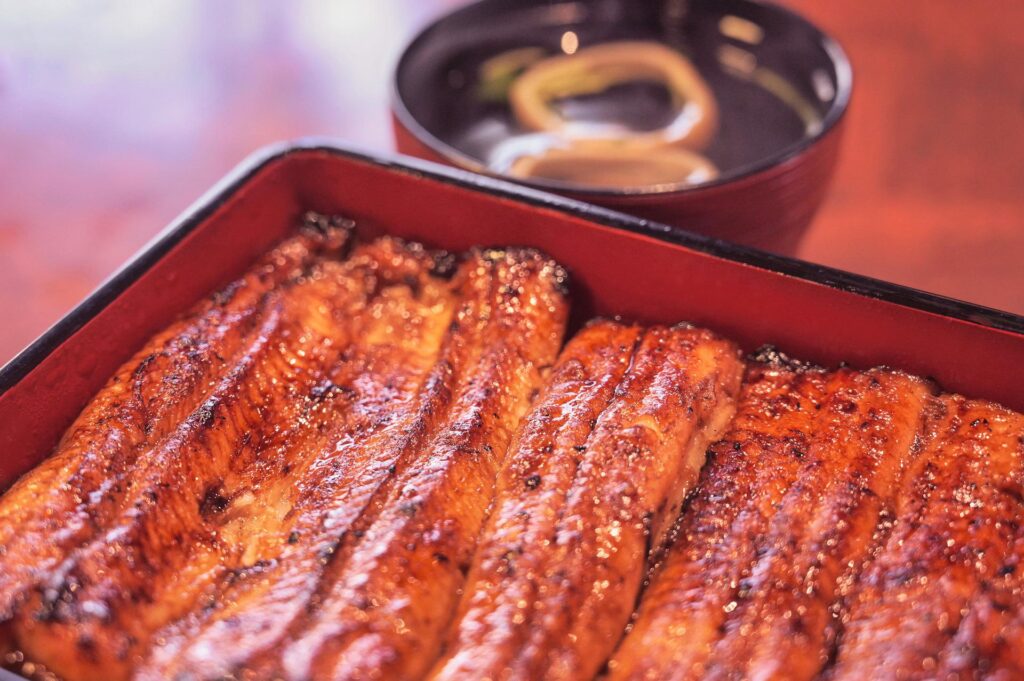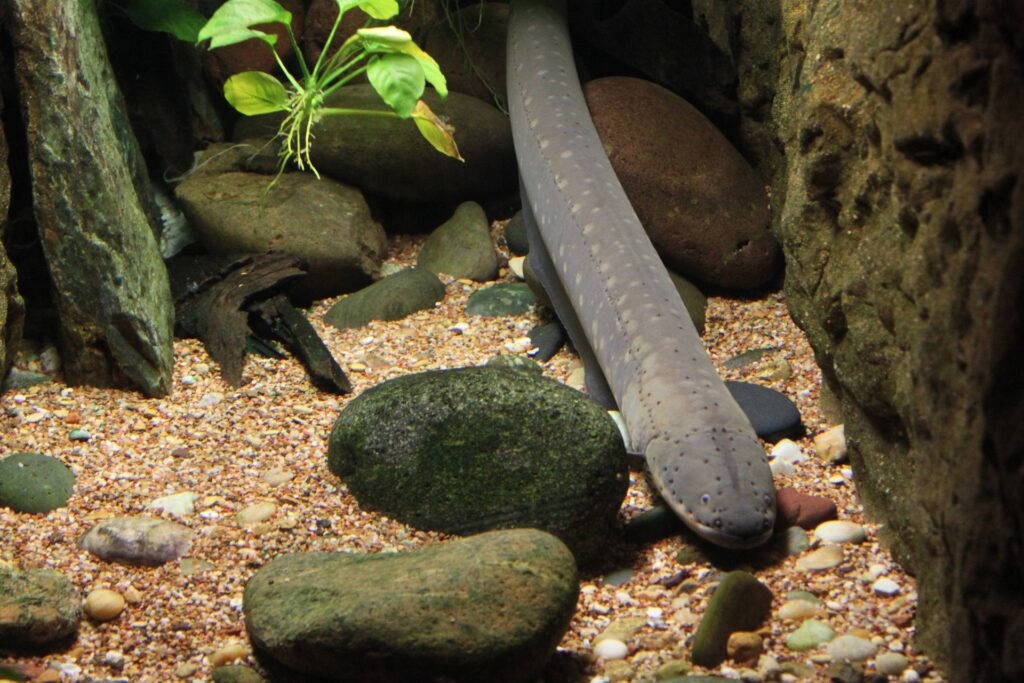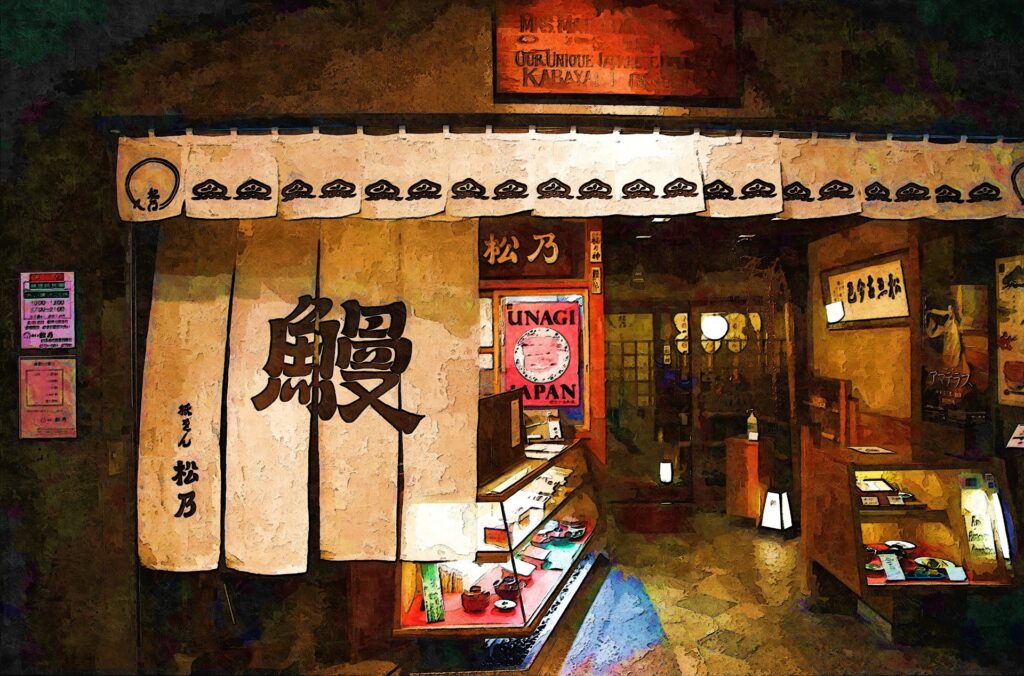The rainy season, which was expected to last about a month, has ended in a flash. Outside, the cicadas have started to sing loudly and summer has finally arrived. It is so hot that you do not want to go outside during the day, and you need to be careful of heatstroke.

This month, I will write about the ‘Doyou no Ushi no Hi’ (Day of the Ox). You may not have heard of this term before, but in Japan there is a custom of marking the Day of the Ox as a special day. “Doyou” refers to the 18 days immediately preceding the seasonal changes of Risshun, Rikka, Risshu and Rittou, while “Ushi no Hi” refers to the day. In other words, the ‘Ox day(s)’ that fall during the ‘Doyou’ period are called ‘Doyou no Ushi no Hi’.
What you should do on the Day of the Ox in the Doyou period is to eat something that is good for your body and gives you energy. Specifically, we eat eels. Surprisingly, this custom has existed for more than 1,000 years, and when the Doyou no Ushi no Hi approaches, supermarkets and fish shops are lined with eels. This year, the Day of the Ox in Doyou is 23 July 2022.

So why do we eat eels on Doyou no Ushi no Hi? It is thought to be a good source of nutrients for the hot summer days after the rainy season. Eels contain many nutrients such as vitamin A and B vitamins, which are effective in relieving fatigue and increasing appetite, and are said to be the perfect food to prevent summer fatigue.

An eel is generally a long, thin, slimy fish, and 19 species (including four edible species) have been identified worldwide. In Japan, the ‘Japanese eel’ (with a black back and white belly) is used for food and is eaten as ‘kabayaki’ (glaze-grilled eel) or ‘unadon’ (glaze-grilled eel rice bowl).

Data show that in 2002 there were 3,509 eel restaurants in Japan, but due to the decline in the number of eels caused by climate change and overfishing, the number had decreased to 2,866 by 2011. Considering that there are 1,718 municipalities in Japan, this means that there is more than one eel restaurant in each town.
Eels have become more expensive, but if you come to Japan, please try eels and experience Japanese food culture. Incidentally, the Kanto and Kansai regions have different ways of cooking eel. As a side note, eels are not eaten raw (sashimi) because their blood contains poison. This poison loses its toxicity completely when heated at 60°C for five minutes, so “kabayaki” and “unadon” can be eaten with peace of mind. I am sure you will be hooked!

